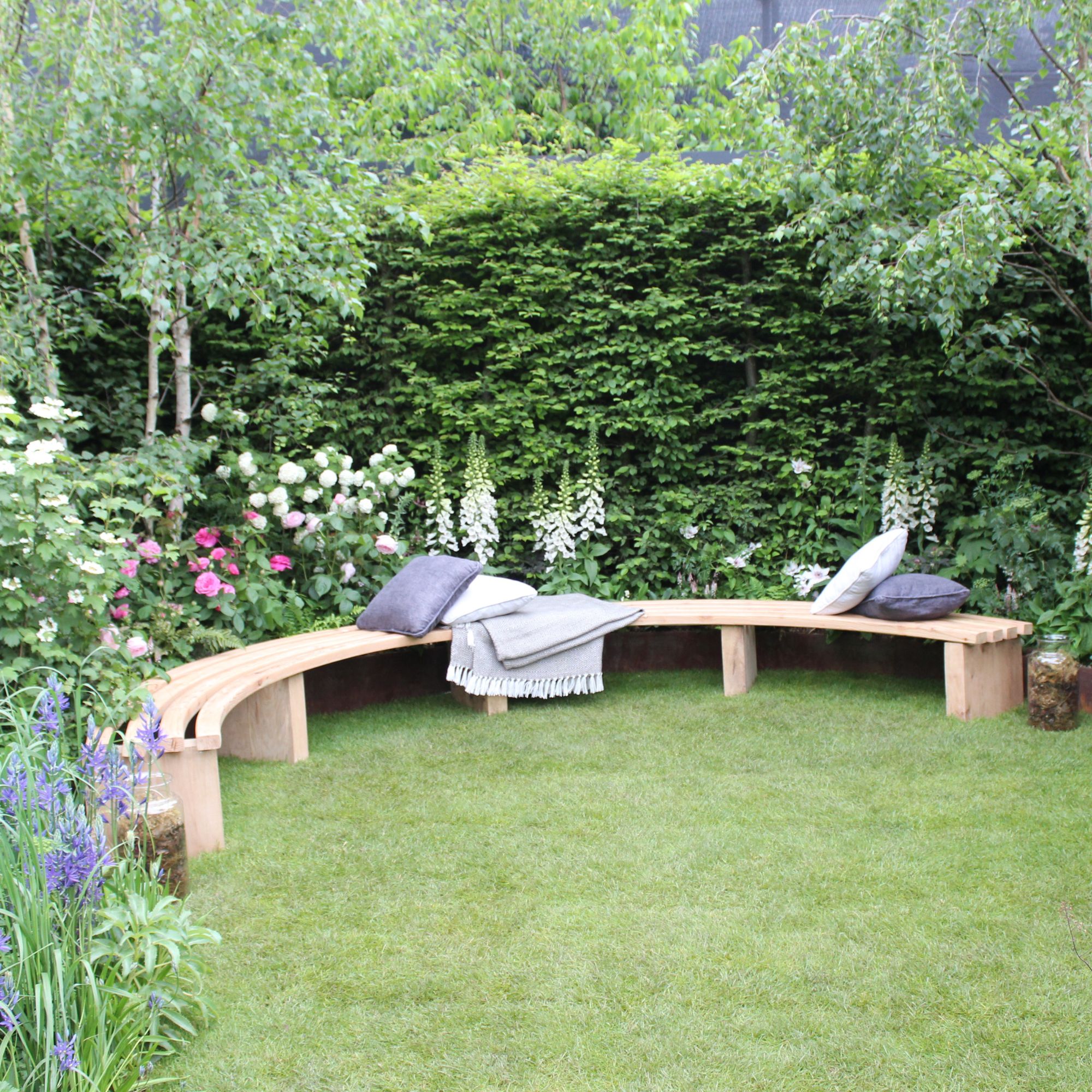Should you leave grass clippings on a lawn after mowing it? What the expert say
Will leaving the clippings on your lawn help it to thrive? Here's what the experts think


Mowing the lawn is a love-hate chore of the garden, but whichever camp you sit in, you're probably wondering what to do with the clippings that are left behind. The question is, should you leave grass clippings on lawn, or should they be discarded?
Any lawn care tips that help our garden to thrive are welcome news, and if that includes grass clippings, we're keen to know more. Though you might prefer to look at your neatly manicured lawn after using one of the best lawnmowers, if a smattering of grass clippings has benefits for your grass, it could be well worth leaving them behind.
But the question is, should you leave grass clippings on lawn, and if so, why? We wanted to know more about the benefits of leaving clippings on top of your grass, and if it's worth it.

Should you leave grass clippings on lawn?
Gardening experts have weighed in on the hot topic: should you leave grass clippings on lawn. Here's everything you need to know so you can help your lawn thrive all summer long.
Should you leave grass clippings on lawn?

In short, the answer to should you leave grass clippings on lawn is yes. Leaving your clippings as oppose to throwing them away is a great lawn care tip, as the clippings can bring a wealth of benefits to your grass.
'Grass clippings contain nutrients, which will be released as the clippings break down, helping to feed the lawn. Why throw these away?' says Jonathan Hill, Director and Lawn Expert, Rolawn. 'As the clippings break down, they also help keep soil temperatures at a consistently slightly higher level, aiding root development.'
It's a little like making your own compost, as the organic matter of the clippings will break down, releasing nutrients that feed your lawn. The process is called mulching, and it's a method many gardeners swear by. Once you understand a little bit more about mulching and its benefits, you won't be tempted to put your grass clippings in the garden waste bin again.
Sign up to our newsletter for style inspiration, real homes, project and garden advice and shopping know-how
Mulching: what is it?

'Mulching is the process of cutting the grass into tiny pieces and dropping them back into the lawn, with one pass of the mower,' explains Paul Hicks, Product and Marketing Manager, STIHL. 'These nitrogen-rich clippings decompose quickly and nourish your lawn for free. It’s best practice to mulch, rather than leaving longer grass cuttings on the grass using a traditional mower.'
The whole purpose of mulching is to cut up your grass and leave the clippings to feed the rest of your lawn. Like embracing rain harvesting, mulching is a method that uses what nature gives us to help our garden thrive.
What's the best way to mulch?

Many modern lawnmowers are now built with mulching functions, making it incredibly easy to leave your clippings on your lawn in a way that will feed your grass.
'Special mowers that have been designed to mulch are often not able to collect grass and instead, they have a special profile in the cutter deck and a specially designed blade,' says Paul from STIHL. 'However, there are also mowers out there that offer the best of both worlds, with the ability to collect the clippings in a grass box, but which can also be converted into a mulching mower with an accessory kit.'
You can also use a regular lawnmower to mulch as well. Either remove the grass box from your mower before you start, allowing the clippings to spread over the lawn, or simply empty your clippings out of the box after mowing by hand.
What not to do when leaving grass clippings on lawn

Now you know the answer to should you leave grass clippings on lawn (yes!), there are a couple of things to be aware of if you want to your lawn to experience the benefits.
Make sure you've learnt how to kill weeds before you start mulching. 'It’s not advisable to mulch an existing lawn if you have lots of weeds or weed grasses in the lawn, as you may be encouraging them to spread if they are in flower,' says Jonathan. 'Treat the weeds first.'
You should also make sure your grass clippings are left in the correct position on your lawn. Don't leave them in large clumps, as your grass still needs to access adequate sunlight to be able to grow. Use a brush, like this 10" Yard Broom, currently £12.99 at Amazon, to spread the clippings out on a more level surface.
It's also wise to trim the clippings if they're too long, as again this will prevent sunlight from reaching the grass underneath.
FAQs
Is it better to leave grass clippings on lawn or remove them?
If done correctly, it's much better to leave your grass clippings on the lawn rather than remove them. Like any organic matter, your clippings contain lots of nutrients that can help feed your grass, so leaving them will result in a healthier, stronger lawn.
There's a right way to leave your grass clippings on the lawn though. 'Check the length of your grass – if it is too long, the clippings can clump together and won’t break down as easily,' says Paul Hicks. 'And avoid mulching when it’s wet – damp clippings can build up under the mower and won’t break down as easily on the lawn.'
Should I leave grass clippings on lawn in autumn?
You can leave grass clippings on lawn in autumn. The soil is still warm, so it will trap heat and moisture as the clippings break down, and it will also protect the roots of your grass from frost.
That being said, experts recommend the warmer months as the ideal time to leave your grass clippings on the lawn. 'Late spring through to late summer is the best period to mulch with grass clippings,' says lawn expert Jonathan Hill.
As the soil starts to warm up after winter, it will become lovely and moist, which is the ideal condition for grass clippings to decompose and release nutrients. Just make sure weeds haven't taken over your lawn, as grass clippings will only exacerbate this problem.

Katie has been writing freelance since early 2022, specialising in all things homes and gardens, following achieving a Masters in Media and Journalism. She started out writing e-commerce content for several of Future’s interior titles, including Real Homes, Gardeningetc, Livingetc, and Homes and Gardens. Since then she’s been a regular contributor on Ideal Home’s digital team, covering news topics, how-to guides, and product reviews.